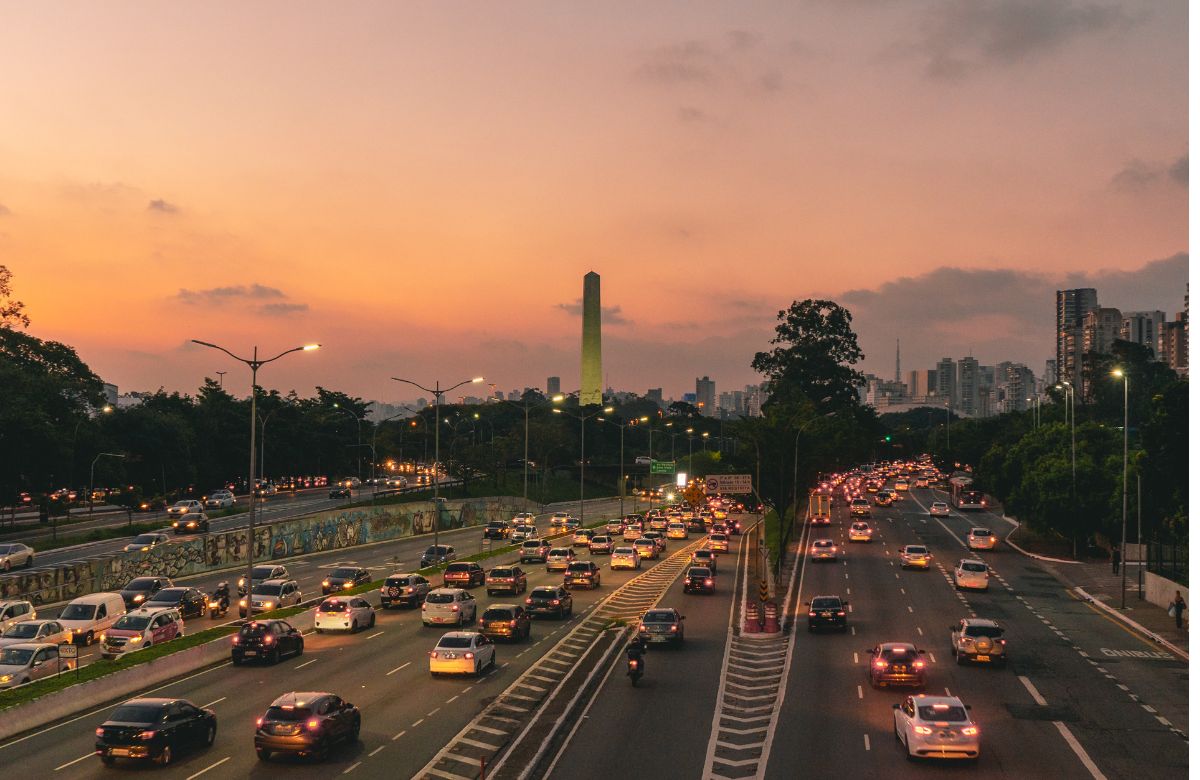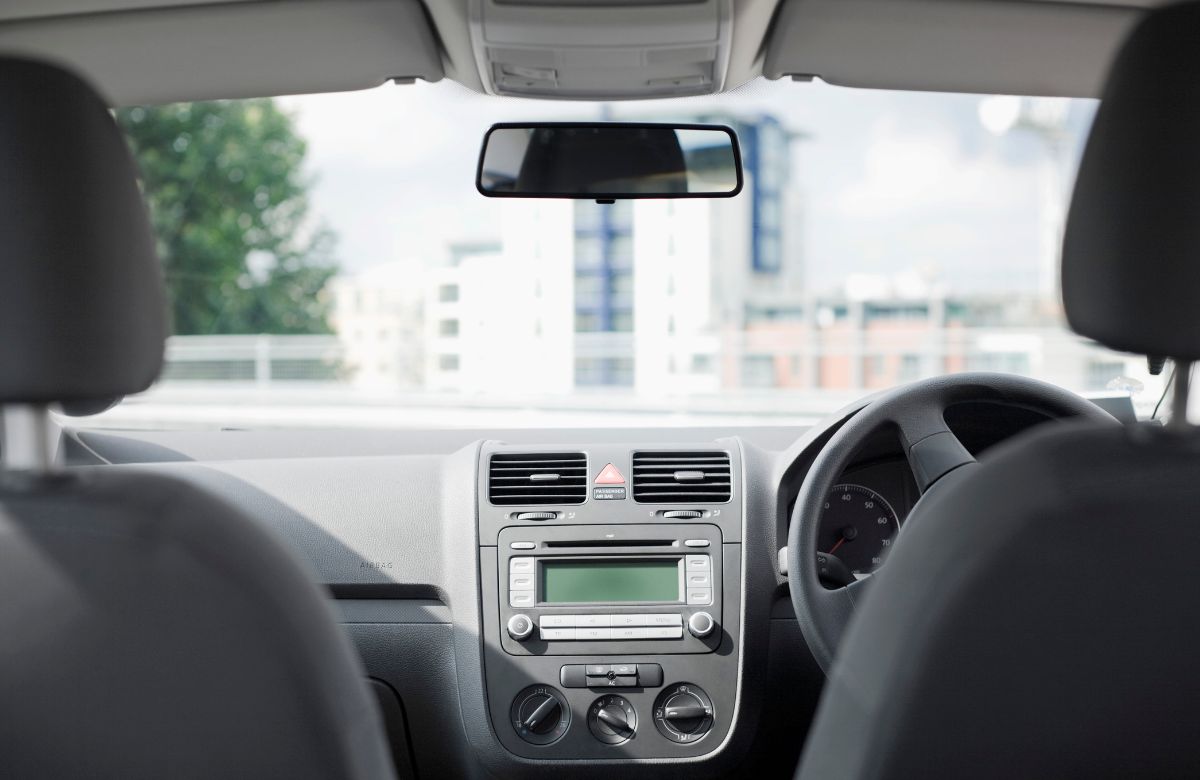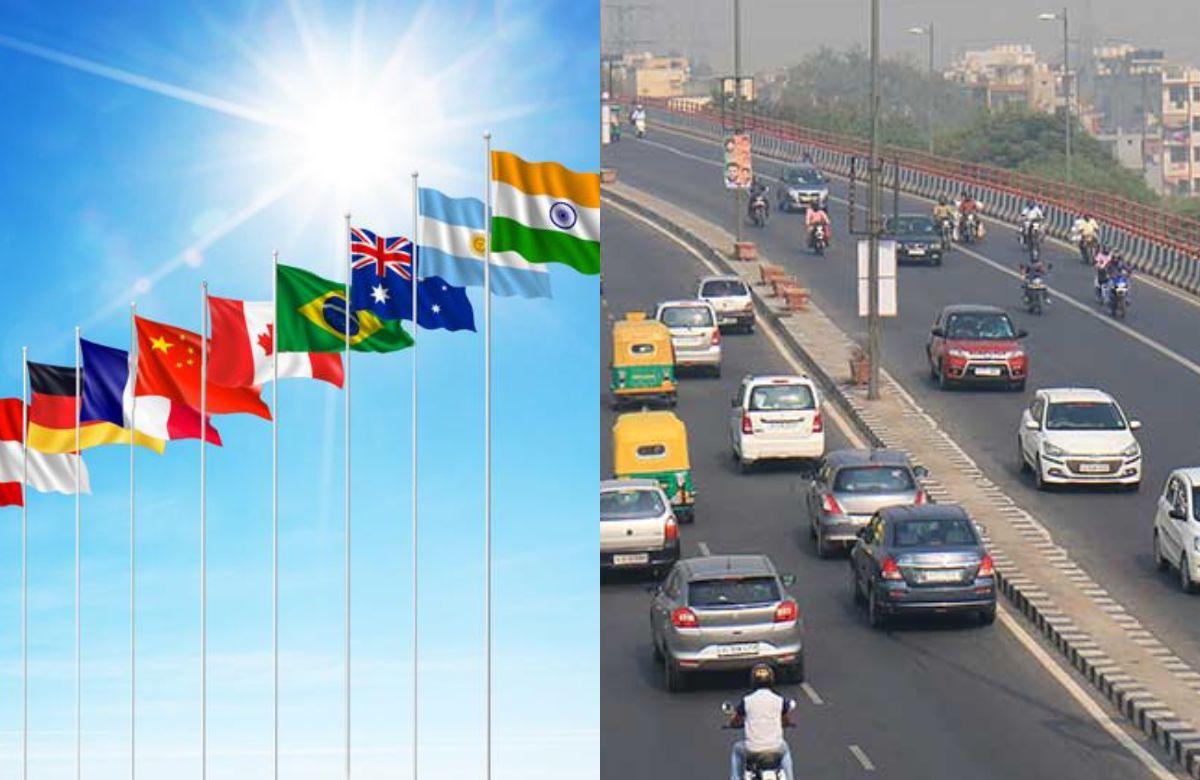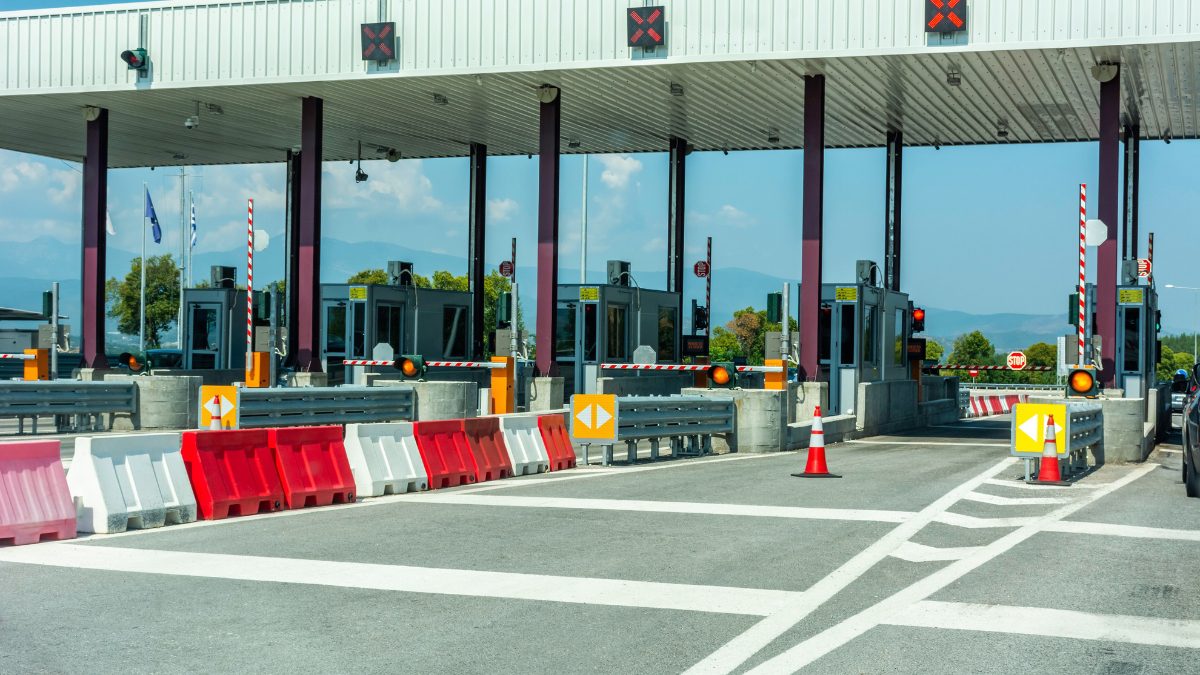The decision to drive with the driver’s seat on the right side of the vehicle has been influenced by a combination of factors. This has shaped the country’s road infrastructure. So now, 100 left-hand drive (LHD) vehicles are a unique issue that Delhi Traffic Police anticipates during the G20 leaders conference in the city in September.
G20’s Left-Hand Drives Are A Concern In India

While the police are ready to ignore the illegality because driving an LHD vehicle is prohibited in India. However, they consider the operational difficulties of having LHD vehicles share a road with right-hand drive (RHD) vehicles to be substantial for G20 in Delhi. Some G20 members will provide LHD vehicles, and the Indian Ministry of External Affairs has sent some as well, to transport the leaders.
Only India, Australia, Japan, South Africa, and the United Kingdom utilise RHD automobiles, whereas the other G20 nations all use LHD ones. Traffic police officials claimed they were considering blocking some stretches for local cars to minimise confusion, even though drivers with the Central Armed Police Force (CAPF) have been trained to operate the LHD cars.
According to an article by Hindustan Times, G20 dignitaries will proceed to the main venue, Bharat Mandapam at Pragati Maidan. The dignitaries are at their respective hotels, 25 in Delhi and 3 in Gurugram. They are anticipated to go to Raj Ghat as well. They will travel with security and according to protocol. Therefore, some areas of the road may be closed to traffic. However, the choice to completely shut down traffic around the primary attraction is under concern.
Also Read: 18,000 Foreign Tourists Visited Kashmir After Success Of G20 Summit; Highest Ever In 30 Years
India’s Adoption Of Right-Hand Drive

One of the primary reasons India has a right-hand drive system can be attributed to its history. During British colonial rule, India adopted many aspects of British administration, law, and customs, including left-side driving. The British influence played a significant role in shaping India’s transportation system
Switching the entire road system from left-hand driving to right-hand driving would require massive investments. It comes with altering road signs, traffic signals, and vehicles themselves. Moreover, driver behaviour and habits are deeply ingrained, making such a transition logistically challenging and potentially disruptive to daily life.
The debate between left-hand and right-hand driving continues globally. But each country’s unique context continues to influence its chosen approach to road traffic.
Cover image credits: Canva
First Published: August 17, 2023 1:33 PM



